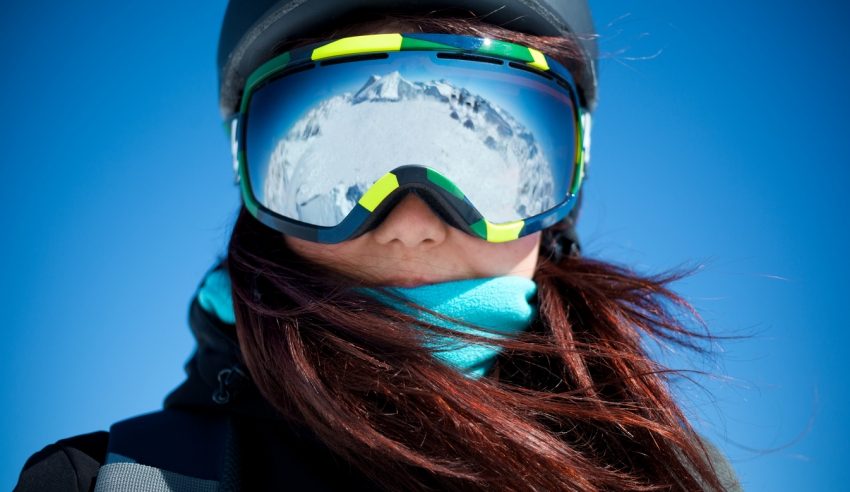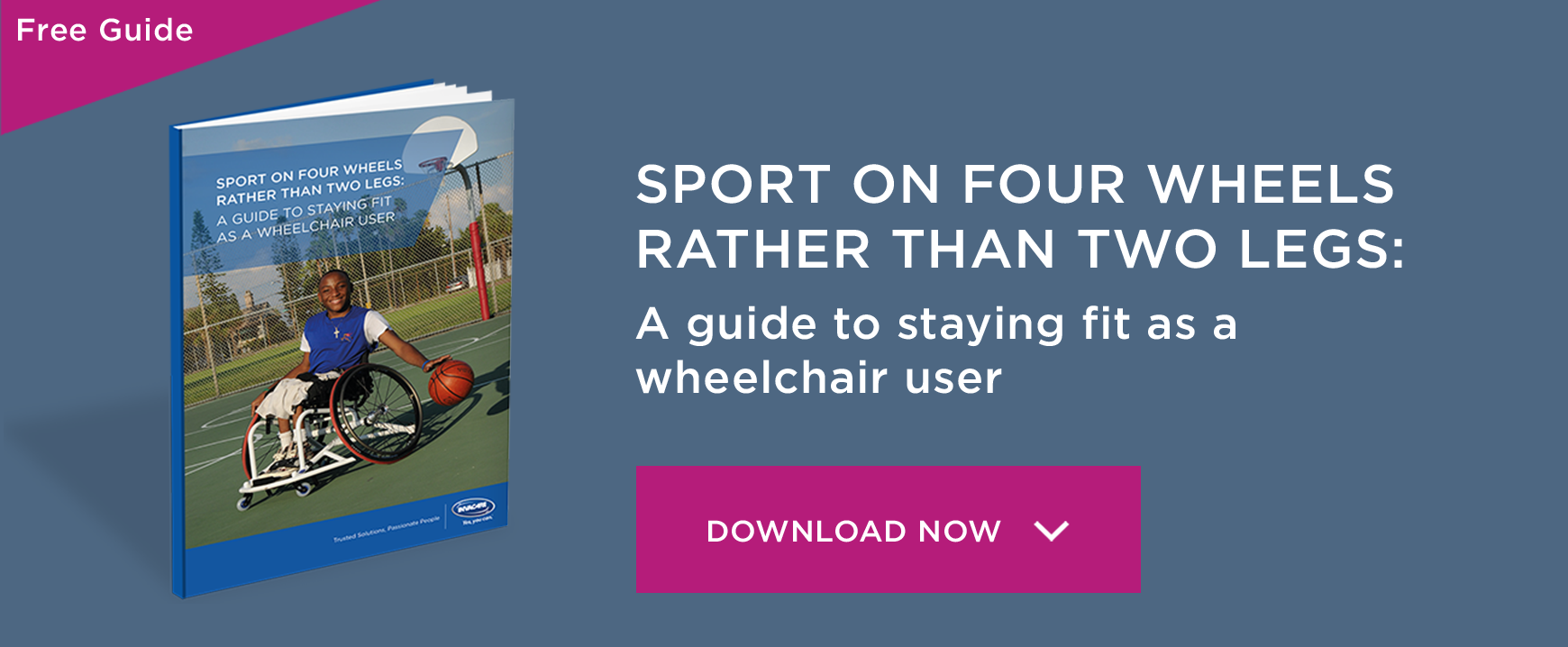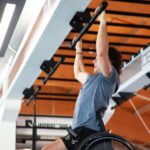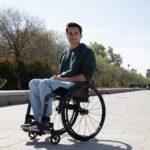The joys and dangers of Disability Skiing

There are many different sports that disabled people can get involved with, but none are perhaps as extreme as Disability Skiing.
Hurtling at breakneck speeds mountain sides covered with a blanket of snow, whilst you’re strapped into a singular seat that’s perched on a ski blade – and with only two further blades in each hand just to help you try to steer. It’s reckless and fueled with adrenaline, which is the major attraction. Some people are designed to love extreme sports, and within the disabled community this is no different.
I think for me one of the greatest allures of disability skiing is that it’s testament to the fact that just about any sporting discipline can be adapted for those who have a disability to enjoy also. Although it has to be said disability skiing is somewhat more dangerous than any other I’ve had the privilege of coming across.
I first discovered disability skiing when I was in my early teens and taking a trip up to the Cairngorm Mountains in Scotland. Whilst I was there I stumbled across a shack on one of the mountains that was dedicated to providing skiing opportunities for disabled visitors. I didn’t get the chance to try the sport at that particular moment but since then I’ve been very keen to get more involved.
You can find disability skiing at just about every ski resort in the world – as the variation of the sport becomes ever more popular worldwide. Sure, the equipment can sometimes be a bit expensive to buy and if you’re travelling with your own stuff it can also be hard to transport – especially as a solo disabled traveller. But having said that, you can also hire equipment once you get to your destination, which is handy to know and a product of the sport’s growing popularity.
Perhaps the biggest draw to disability skiing is just the overall freedom that the sport brings. For that brief moment when you’re flying down the mountain, then you’re at the will of nature and you’re able to fully immerse yourself with the experience. It also helps you to feel inclusive with your peers, as you can ski alongside your able-bodied friends or family.
Something to consider when enjoying disability skiing
As mentioned before, disability skiing is not without its extreme risks. You will be descending down the side of a mountain face at speeds that can really hurt if something goes wrong. Many accidents can happen when skiing, whether you’re able bodied or disabled, it’s still rather extreme.
It requires a good amount of upper body strength to be able to participate in such a sport as disability skiing as not only do you need to be able to steer yourself at those extraordinary speeds, but you will also have to keep yourself up right, which can mean that you need solid core trunk strength and a fair amount of balance, otherwise you’ll struggle.
I personally have been advised against participating in disability skiing in the future, due to the fact that my spine and neck have been fused in a previous surgery. The nature of this fusion means that if I was to have any sort of impact whilst skiing, my spine would not be able to absorb the collision and it could be bad news for me – so with that, I would highly recommend consulting with your doctor or practitioner before engaging with such a sport as disability skiing.
For more information on sports that you can participate and more information about disability skiing, you can check out blog posts such as – Adaptive Skiing – have you tried this popular winter sport? – then you can find out more on the Passionate People blog!
Author: Anthony Tipling-Bower








